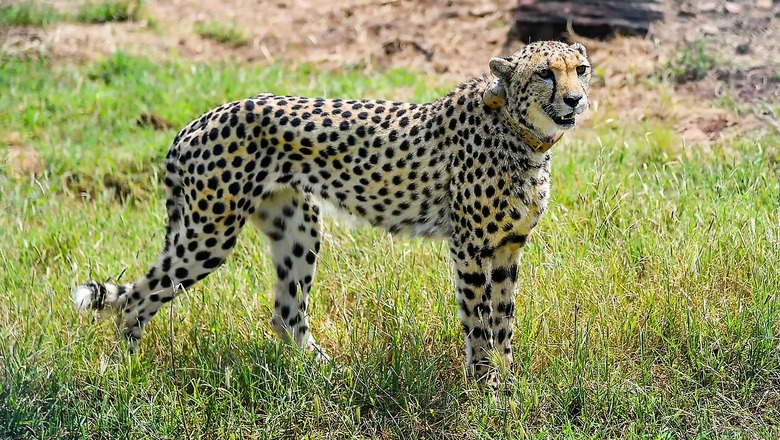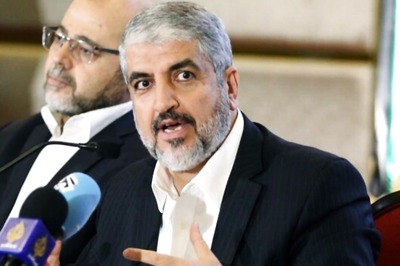
views
Prime Minister Narendra Modi on Saturday hit out at the previous governments, saying that no constructive efforts were made to reintroduce cheetahs in India after they became extinct from the country seven decades ago. He also said that the Project Cheetah, under which the felines were reintroduced, was his government’s endeavour towards environment and wildlife conservation.
Modi, who turned 72 on Saturday, was speaking after releasing two of the eight cheetahs flown in from Namibia into special enclosures in the Kuno National Park (KNP) in Sheopur district of Madhya Pradesh.
“It is unfortunate that we declared cheetahs extinct in 1952, but for decades no constructive efforts were made to reintroduce them in India. Now, with new strength and vigour, the country has embarked on the project of reviving the population of cheetahs during this ‘amrit kaal‘,” he said.
Here’s a look at the results Modi government’s wildlife conservation efforts have yielded so far:
- The coverage of Protected Areas, which was 4.90% of the country’s geographical area in 2014, has now increased to 5.03%. This includes an increase in Protected Areas in the country from 740 with area of 1,61,081.62 sq km in 2014 to 981 presently with an area of 1,71,921 sq km
- Forest and tree cover has increased by 16,000 sq km in the last four years. India is among few countries in the world where forest cover is consistently increasing
- There has also been an increase in the number of community reserves. From just 43 in 2014, their numbers were more than 100 in 2019
- India is home to 52 tiger reserves, covering approximately 75,000 sq km area in 18 states with approximately 75% population of wild tigers at the global level. India achieved the goal of doubling tiger numbers in 2018, four years ahead of schedule. The tiger population in India has increased from 2,226 in 2014 to 2,967 in 2018
- The budgetary allocation for tiger conservation has increased from Rs 185 crore in 2014 to Rs 300 crore in 2022
- The population of Asiatic Lions has shown a steady increase with a population of 674, an increase rate of 28.87% from the 523 lions in 2015
- India in 2020 had 12,852 leopards, compared to the previous estimate of 7,910 conducted in 2014
A total of eight cheetahs – five females and three males – were brought to Gwalior from Namibia in a modified Boeing aircraft on Saturday morning as part of ‘Project Cheetah’, the world’s first inter-continental large wild carnivore translocation project.
From Gwalior, where the plane reached shortly before 8am, the spotted animals were flown to Palpur near the KNP, located in Sheopur district, in two Indian Air Force (IAF) helicopters. At the national park, a dais was set up, under which special cages carrying cheetahs were kept. PM Modi released three of these felines around 11:30am by operating a lever of the cages.
Wearing a pale blue kurta, light brown jacket, a pair of sunglasses and donning a dark brown hat, the prime minister also clicked photographs of the cheetahs on a DSLR camera following their release.
Read all the Latest News India and Breaking News here




















Comments
0 comment